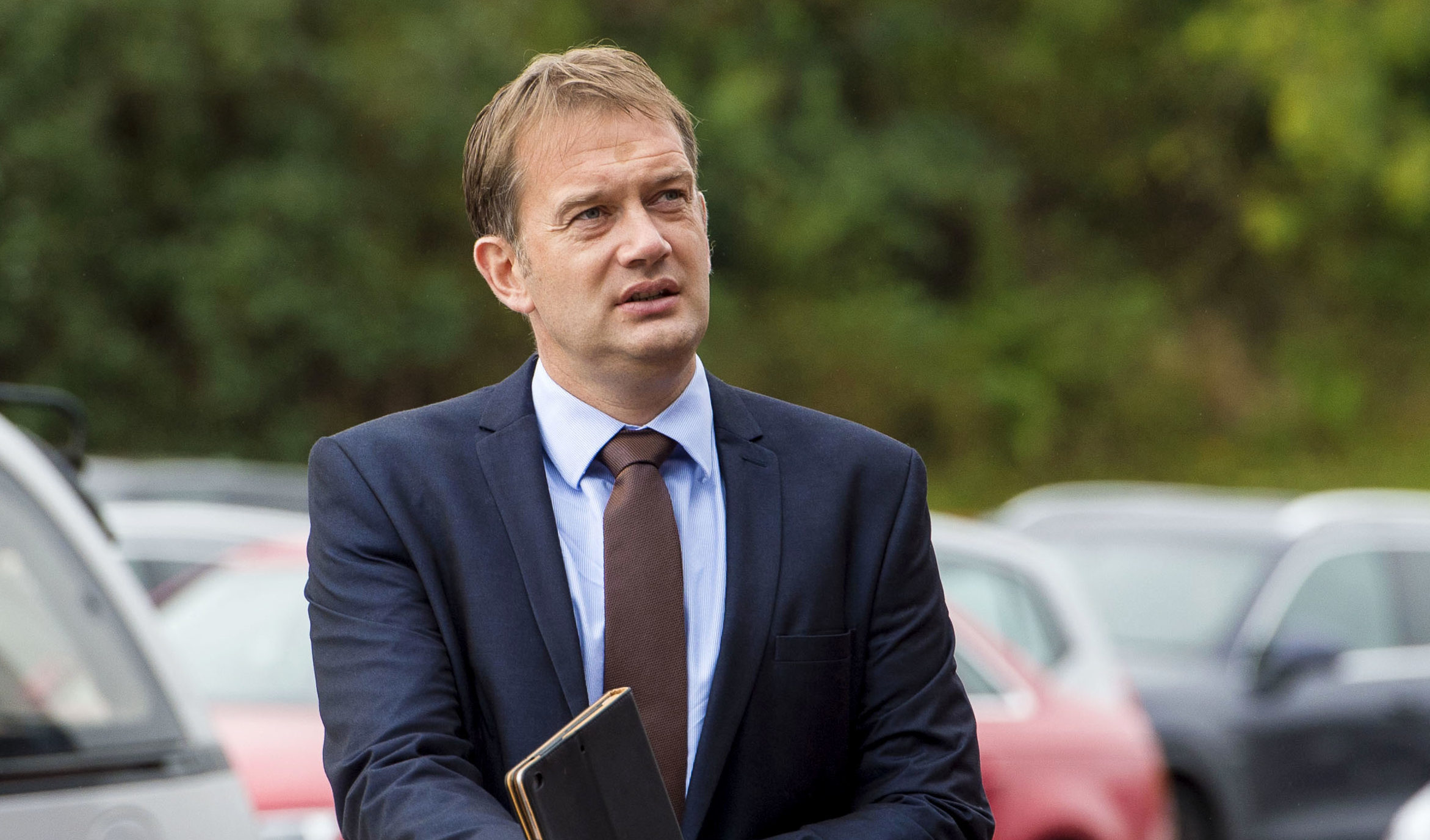
IT looks very much like Partick Thistle’s Ian Maxwell will soon be appointed as the new chief executive of the SFA.
He resigned from the SFA board to let Neil Doncaster, the SPFL’s chief executive take his place. That was obviously pre-planned.
Ian will re-join the board when he is officially appointed to his new post.
This clearly strengthens the position of the SPFL within football’s governing body.
The SFA have come under a lot of criticism recently, and that has led to some people calling for one ruling body to run the game.
I don’t believe that is a good idea because both organisations have different things to oversee.
Those involved with the clubs see their organisation as being the most important one.
Many people will agree because they want the professional game to be healthy and buoyant.
The problem we have here is that the SFA are responsible for the club game, as well as other important areas like amateur, junior and women’s football.
The SPFL should be represented on the SFA board but they shouldn’t be in control of it because people will assume there is going to be self-interest there.
I’ve already said that I believe both organisations should remain independent.
I’ve also proposed the introduction of a third body to oversee their work.
This new organisation would ratify decisions to make sure changes were beneficial to the Scottish game as a whole and not driven by self-interest.
Neil Doncaster has survived very well at the SPFL and has been involved with the clubs for nearly 10 years.
It should, however, be remembered that he doesn’t actually make decisions.
The decisions are made by the clubs and his role is in executing policies they come up with.
He will make recommendations but he still has to have everything approved by others.
I saw the comments of former St Mirren chairman Stewart Gilmour criticising Doncaster’s appointment.
He is working in the background with fans groups on proposals on the way forward for the game.
He feels last week’s changes are in favour of the SPFL, that it means they will have more control of the governing body and decisions will be in favour of the clubs.
It may not work that way but that will be perception and the SFA have to be cautious about that.
If, as expected, Ian Maxwell, becomes SFA chief executive, he will have a big job on his hands.
I’d hope he is able to bring some calm to the present situation.
The SFA have come under a lot of criticism in recent months and that has fuelled calls for one body to run Scottish football.
I don’t believe there is any merit in that and hopefully Ian is able to play a part in proving me right.
The last chief executive Stuart Regan had more powers than I did when I was in the post and Ian may well have more again.
I don’t think there will be too many complaints about his appointment because he has experience of football as a player, coach and administrator.
He’s Scottish and knows our game well.
I have spoken to Ian about work he was involved with looking at the structure of the leagues, and gave him my opinion.
He might still be a part of that if he is involved with the SFA.
I proposed that every Premiership team should have a colts team in the bottom two divisions.
That would see 32 teams forming two regional bottom tiers – a League One North and a League One South.
The colts teams wouldn’t be allowed to be promoted, but a regional set-up would help to save clubs money and boost home gates.
It would stop teams like Berwick Rangers having to travel to Elgin or Peterhead journeying to Stranraer.
I believe regional leagues make perfect sense and hopefully Ian Maxwell will continue to look at that idea if he does move to the SFA.
There will always be differing opinions on the personalities running Scottish football.
But the most important thing is we keep striving to improve our game. That’s surely something everyone – regardless of the organisation they represent – can agree on.

Enjoy the convenience of having The Sunday Post delivered as a digital ePaper straight to your smartphone, tablet or computer.
Subscribe for only £5.49 a month and enjoy all the benefits of the printed paper as a digital replica.
Subscribe